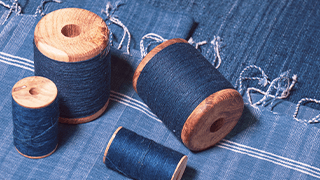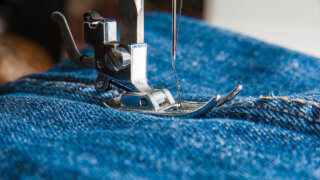Denim Manufacturing Basics
Overview of Denim Manufacturing
Warp yarns used in indigo denim fabrics must go through numerous processing steps before they are ready to be woven. These processing steps are unique to indigo fabric manufacturing. Most often the warp yarns are indigo dyed on a system referred to as a long-chain or rope range. For this system, multiple ends of yarn are formed into a rope or ball warp and then continuously dyed.
After dyeing, the dyed ball warp is rebeamed into individual yarns evenly spaced onto beams called section beams. These beams are then slashed and then woven. If the warp yarns are to be slasher or sheet dyed, then the yarns will be warped onto section beams and indigo dyed. In most cases, the yarns will also be slashed or sized in the same process. The yarn is then woven. If the warp yarns are to be beam dyed, then the yarns are warped onto perforated dye beams for dyeing instead of being formed into ropes.
After beam dyeing, the dyed yarn is then slashed and woven. If it is chosen to have natural warp yarns, then prior to weaving the yarns will be warped onto section beams then slashed and woven. The fabric is then processed in a normal manner. This would include desizing, preparation, dyeing (if desired), and finishing. Unlike the warp yarn, mot filling yarn is put onto yarn packages and delivered directly to the weaving machine where it is inserted into the fabric without any wet processing but sometimes dyed filling yarns are used to achieve a different looking denim.
Denim Construction, Weaves, & Weights
The typical construction of a bottom-weight 14-ounce denim is from 55 to 64 warp ends per inch and 38 to 42 filling picks per inch. The number of warp ends per inch is sometimes referred to as the fabric sley. Of course, the size of the yarn used, the fabric weave design, and the fabric tightness will influence the weight. The weight of the fabric will also influence the amount of sizing left on the finished fabric.
Other denim fabrics and denim look-a-likes may vary in construction from 52 to 70 warps ends per inch and from 36 to 52 picks per inch.
As a rule, denim is woven as:
- 3 X 1 twill
- 2 X 1 twill
- 2 X 2 twill
- 3 X 1 broken twill
- 2 X 2 broken twill
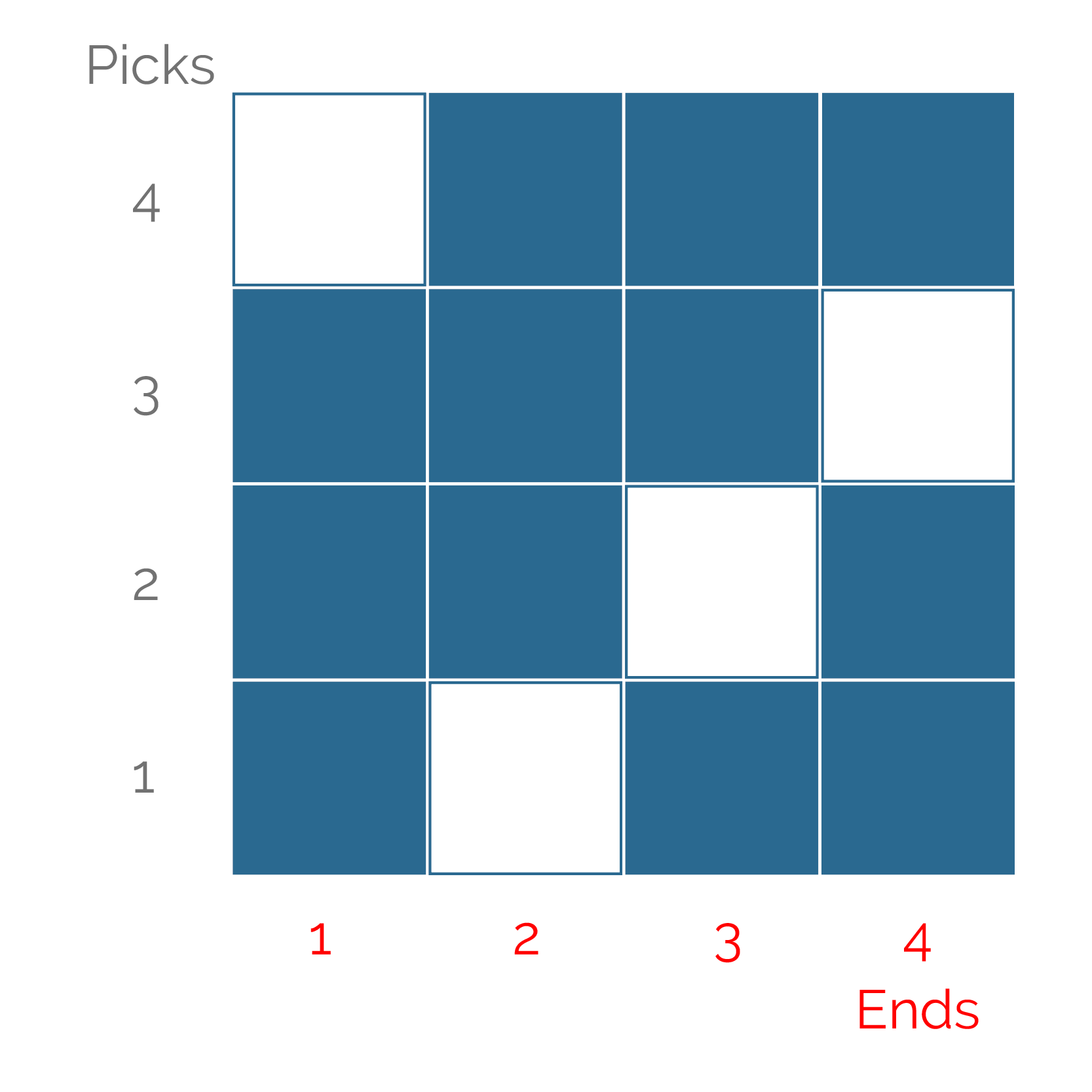
The weights of the finished fabrics vary between 3.5 and 16.5 ounces per square yard. The fabrics weighing 3.5 to 8 ounces per square yard are typically used to manufacture blouses, tops, and shirts. Trousers, jeans, and jackets tend to use heavier weight denim fabric ranging between 8 and 16.5 ounces per square yard.
Numerical notations for different denim designs, such as 3 X 1 twill, denote what each warp yarn is doing relative to the filling yarns interlacing with it.

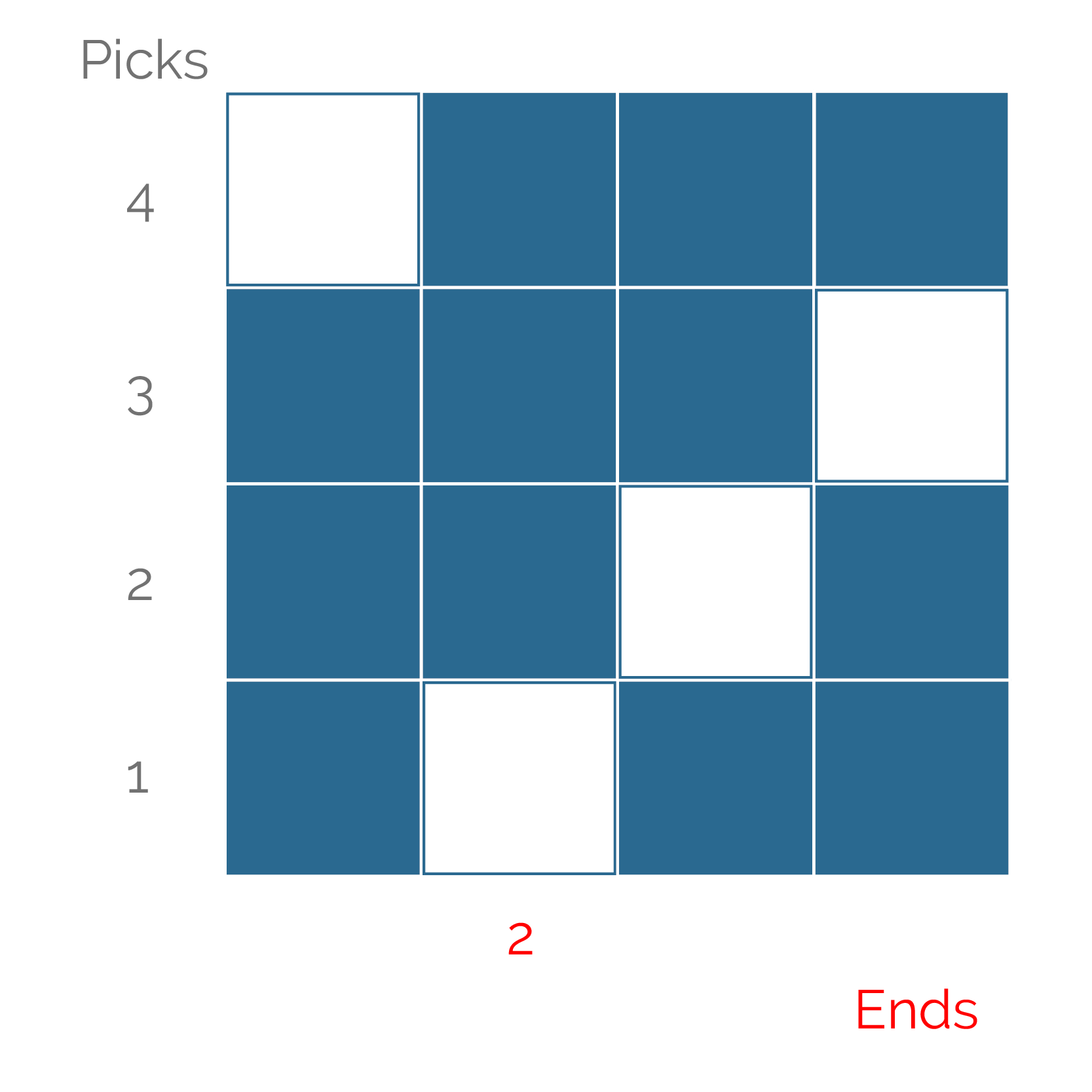


In this example, look at the end marked number 1. This warp yarn is going over picks 1, 2, and 3 and then under pick number 4. We see that with the end marked number 2, the same sequence is being repeated but advanced up one pick. This means that the warp yarn is under pick number 1 and goes over picks number 2, 3, and 4. This upward advancing sequence continues, thus giving the characteristic twill line. In this case, the twill line would be rising from the lower left to the upper right and the fabric would be classified as a 3 X 1 right-hand twill weave. If the twill line is made to rise to the left, then the design is a left-hand twill.
Broken Twills
Broken twills are created by breaking up the twill line at different intervals, thus keeping it from being in a straight line. Here we see yarns one and two weaving a 3 X 1 twill but yarn three does not weave in a twill order and this breaks the twill line of the fabric.
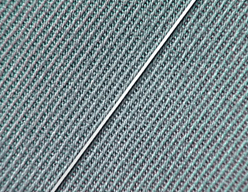
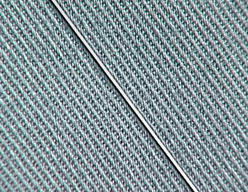
Non-Conventional Denim Fabrics
Non-conventional denim fabrics include:
- Herringbone weaves
- Bedford cords
- Seersucker
- 3 X 1 twill weaves
- 1 X 3 twill weaves
- Plain-weave chambray
- Jacquard
- Dobby weaves
TERMS TO KNOW (click to flip)
Popular cotton fabric constructed of warp yarns that are dyed continuously with blue indigo dye and filling yarn which is…
view in glossaryA twill fabric that repeats on four warp ends and four filling picks. This warp-faced twill has three warp risers…
view in glossaryA twill fabric that repeats on three warp ends and three filling picks. This warp faced twill has two warp…
view in glossaryA twill fabric that repeats on four warp ends and four filling picks. This fabric has two warp risers and…
view in glossaryCan also be written as 3/1 or 3×1. This twill repeats on four ends and four picks. The weave pattern…
view in glossaryCan also be written as 2/2 or 2×2. This twill repeats on four ends and four picks. The weave pattern…
view in glossary